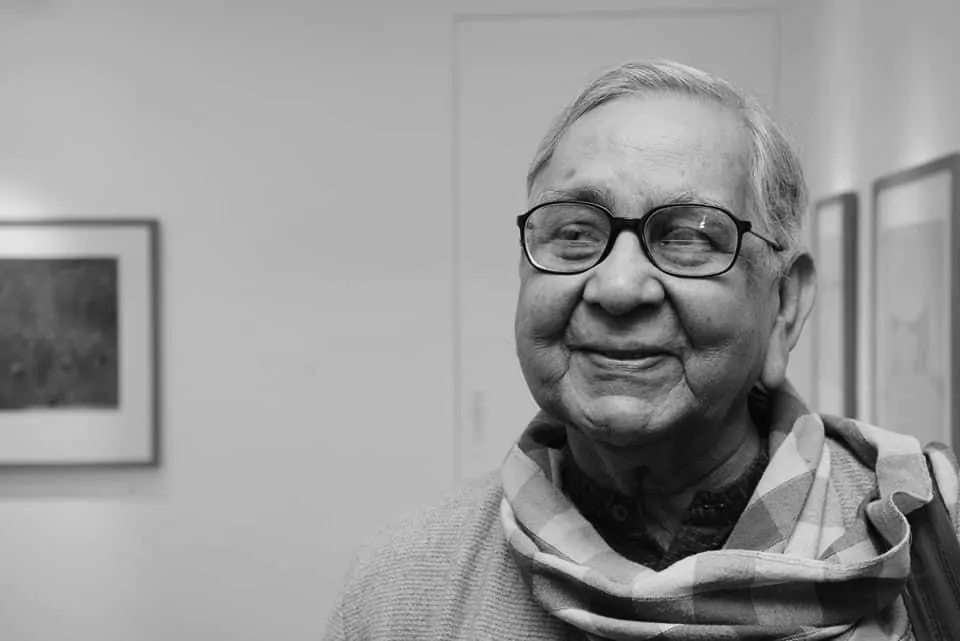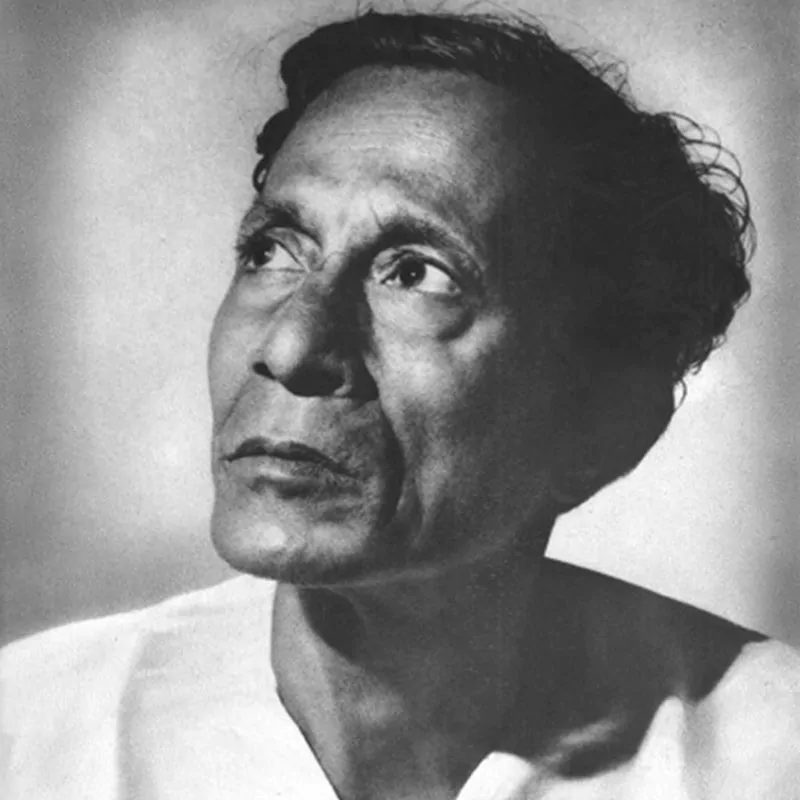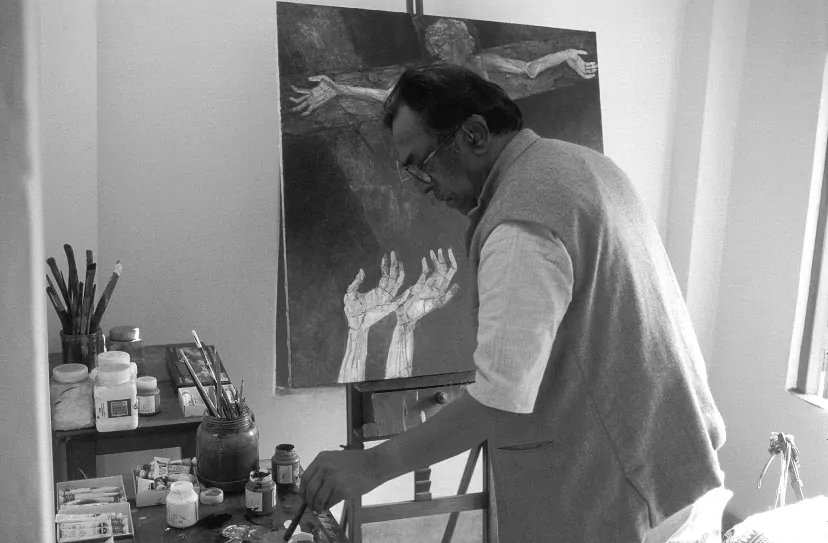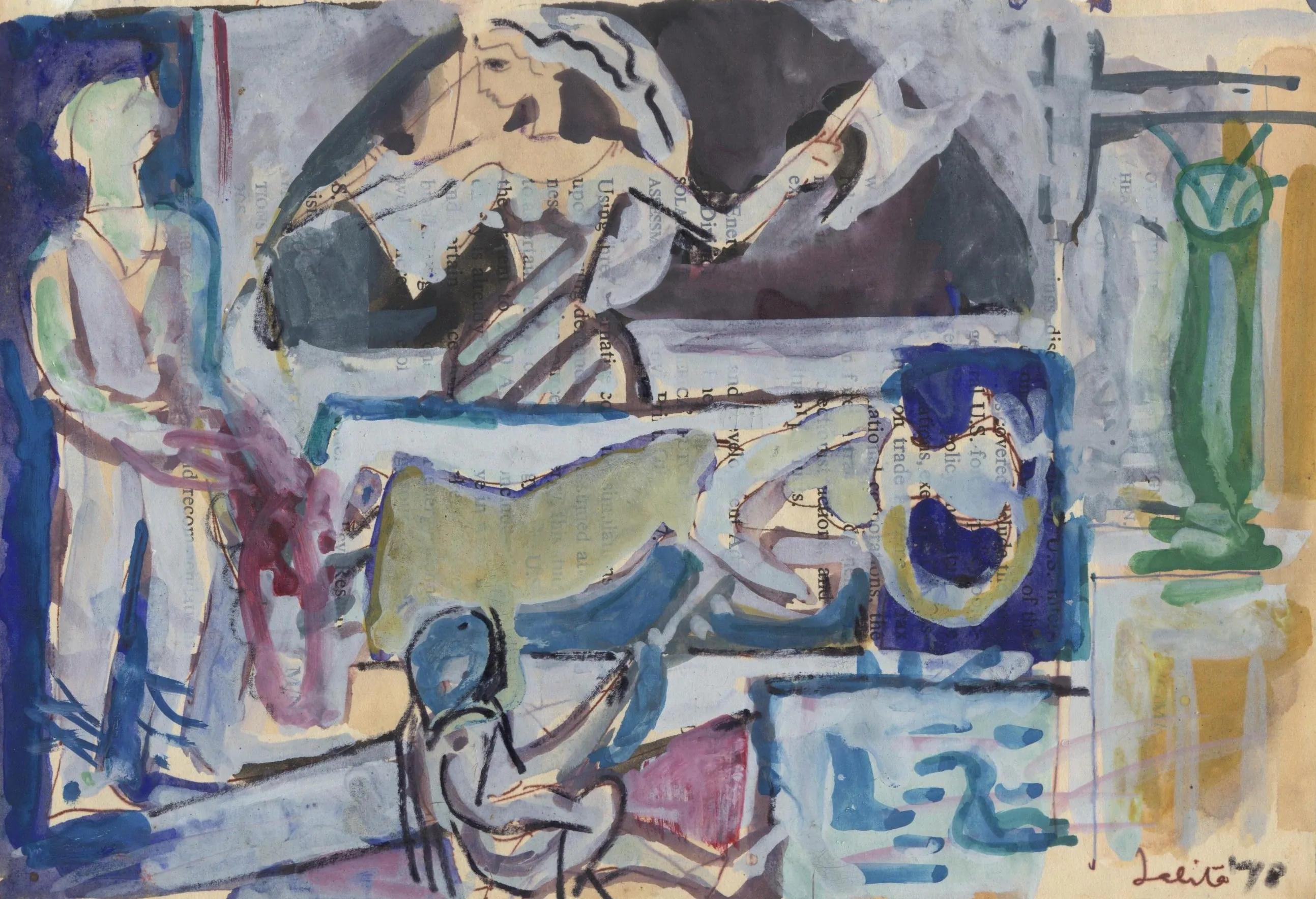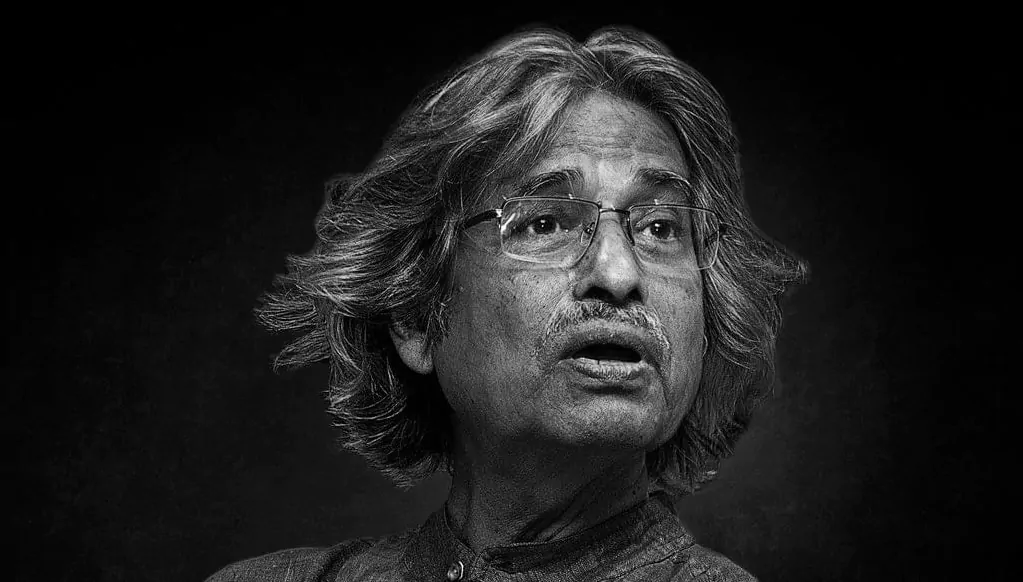Durga: Manifestation of myth,mystery & aesthetics.
The image & concept of Goddess Durga is deeply entrenched within the heart of India,especially in Bengal. From the terracotta temples at Bishnupur to the temples at Hoysala,from Rajput miniatures to the Kangra school,from the Kalighat & the early Bengal oils-artists for centuries have been fascinated with the iconography of the ten armed goddess. The name of Goddess Durga is derived from the Sanskrit word ‘durg’ which means fortress or castle which came to denote something that was mighty or highly inaccessible. The goddess is first mentioned in the ‘Devi-Sukta’ of the Rigveda,however as a deity she appears in the ‘Taittriya Aranyaka’. So awe-inspiring was her presence,she is is also found on the coins of Chandragupta I, during 305-325 AD. Similarly,she is also found in the coins of Kanishka from the Kushan dynasty.
The idea of Durga had gradually evolved from the concept of motherly protective power that has been nourished in every ancient civilization since the beginning of time. In the Indian civilization,this deity has been expressed in various form. At times she is seen as ‘Mahishasurmardini’, at times she appears as Bhadrakali, Jagaddhatri or Parvati-all are different expressions of the same ‘Shakti’. In pre-modern Indian art we find a variety of expressions of Durga in the Kalighat Patachitras & the Early Anonymous Bengal Oils. In the early Bengal oils,most of the images of Durga is mythical. The goddess is delineated as she is worshipped in Bengal in a particular period of the year. However the Kalighat paintings show a variety of expressions of the Goddess.
Myth & daily life blend to form a unique visual synthesis. Images with Shiva in his conventional attire has come out on a walk with Ganesh in his arms. Durga or Parvati walks beside him. She extends her two hands towards the child wanting to take Ganesh in her own arms. This merging of the divine with a commonplace activity like an evening walk was something unique to the Kalighat School which flourished near the temple vicinity & was patronised by the British. This was just one example of how the iconography of Durga had been treated in our art-both in pre-modern & post-modern India. In Bengal there emerges two very distinct manifestations of the Goddess-one is mythical,a source of power,the other is worldly-as a daughter or bride or mother within the family.
In the paintings of the Neo-Bengal School,Goddess Durga had been delineated by various artists in different forms & manifestations. We may recall a beautiful watercolour painting by Gananendranath Tagore depicting the immersion procession of Devi Durga executed in a Japanese wash method which emanates divine light on the image of the Goddess. This image was something different from the contemporary images by the other artists of the Neo-Bengal School. Most of the depictions done by Nandalal Bose were classical in form & linear in rhythm. Jamini Roy’s depiction of Durga is different from any of the other artists of the Bengal School.He assimilated folk simplicity & sobriety with a modernist sophistication. His Goddess is mostly depicted as the ‘Eternal Mother’-the mother of the popular spirit of Bengal.’Ganesh Janani’ was his preferred theme.Ramkinkar Baij had great love for depicting the great Goddess both in his paintings & sculptures as well.
To the artists of the early 40’s the basic image & concept was at a point of departure from what was considered ‘traditional’,it underwent radical changes. These artist depicted & transformed the image through an assimilation of traditional Indian motifs along with Western modernist forms. The works of Nirode Mazumdar, Paritosh Sen, Shanu Lahiri, Abani Sen & Sunil Madhav Sen give ample examples of such a departure. The works of Nirode Mazumdar in particular stand out for he combined elements of tantra & expressionism to arrive at a style that was unique. this East-West synthesis took complete shape in the works of the artists who emerged in the late 50’s. the Kalighat School was a source of inspiration to Bijon Chowdhury. Prokash Karmakar who returned from Paris, shattered his forms in the light of western expressionism. From the 60’s,artists like Ganesh Pyne were different. The image of Durga was a favourite theme-he drew her in her traditional form. Divinity & mythical inwardness was an essential feature of his Durga-he never deviated from it.
Bikash Bhattacharjee in his famous ‘Durga’ series brought down the divinity of the Goddess to an earthly level. For Bikash,every woman was a manifestation of Durga. When they suffered,the eternal divinity suffered. In their celebration of life &motherliness the divinity was celebrated. Bikash Bhattacharjee was highly successful in integrating myth & the mundane. By placing the third eye on his women,he invested the common womenfolk a sense of godliness. Jogen Chowdhury depicted Durga from a rebellious stand point in distorted & expressionist forms while for Sakti Burman,the Goddess comes down from heaven onto earth to play with children amongst lush & fantastic gardens. Burman heightens western classicalism with Indian mythology. In Arpita Singh’s work we notice Durga often appears with a pistol in hand,ready to kill & demolish the urban criminals who threaten life to a point of destruction.
The form & the way of interpreting the Goddess has undergone rapid changes with the passage of time. The post-modernists & the proponents of conceptual art of the 90’s had used the image with irony & rebelliousness in their installations & video art, they have heightened the convention towards a super-real value. Since the early days of our civilization till the present day of conceptual art, Durga-the fierce warrior Goddess plays a ubiquitous role in the life & the art of our country. This ‘power’ has been the primary motivating force for all life.
- Vinayak Pasricha.








